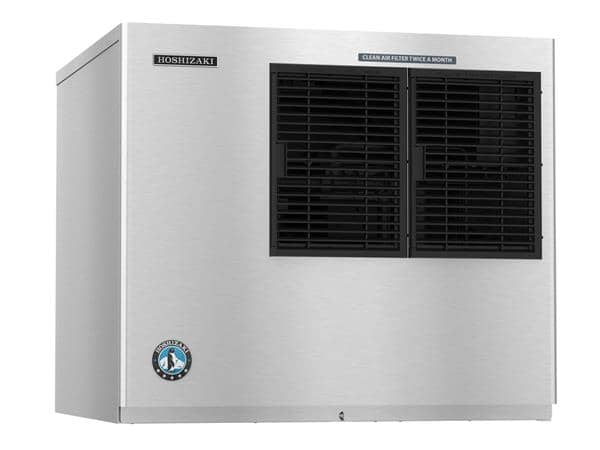mechanical chiller
Understanding Mechanical Chillers An Overview
Mechanical chillers play a crucial role in various industrial and commercial applications, primarily for cooling processes and air conditioning. These devices operate using the principles of thermodynamics to transfer heat from one location to another, ensuring that the desired temperature is maintained in buildings, facilities, or industrial processes.
At its core, a mechanical chiller is a heat exchange system that typically operates on the vapor-compression or absorption refrigeration cycle. The vapor-compression chillers are more common and consist of several key components a compressor, condenser, expansion valve, and evaporator. The cycle begins when a refrigerant enters the compressor as a low-pressure gas. The compressor then compresses the gas, raising its temperature and pressure. Subsequently, the hot, high-pressure gas flows into the condenser, where it releases heat to the surroundings and transforms into a liquid.
After the condenser, the refrigerant moves through the expansion valve, which reduces its pressure, causing it to cool rapidly and partially evaporate. This cold refrigerant then enters the evaporator, where it absorbs heat from the environment or the medium to be cooled (such as air or water) and evaporates back into a gas. The cycle then repeats, continuously removing heat and providing cooling.
mechanical chiller

Mechanical chillers are categorized into two main types air-cooled and water-cooled chillers. Air-cooled chillers reject heat to the ambient air and are typically used in smaller applications or facilities where water availability is an issue. They are easier and less expensive to install, making them a popular choice for commercial buildings. In contrast, water-cooled chillers use water as the heat transfer medium and require a cooling tower to dissipate heat effectively. These chillers are often more efficient and better suited for larger applications or industrial uses, although they have higher installation and maintenance costs.
The efficiency of mechanical chillers is measured by their Coefficient of Performance (COP) or Energy Efficiency Ratio (EER), which indicates the cooling output per unit of energy consumed
. Higher efficiency ratings not only reduce operational costs but also contribute to a lower environmental impact by minimizing energy consumption and carbon emissions.In recent years, advances in technology have significantly improved the performance of mechanical chillers. Innovations such as variable-speed compressors, advanced control systems, and improved refrigerants have enhanced their efficiency and reliability. Additionally, considering the growing concerns about climate change, the industry is shifting towards eco-friendly refrigerants with lower global warming potential.
In conclusion, mechanical chillers are vital in modern cooling systems, providing essential temperature control for various applications. Their design and operational principles enable them to efficiently transfer heat, making them indispensable for maintaining comfortable and controlled environments in both industrial and commercial settings. As technology progresses, these systems are likely to become even more efficient and environmentally friendly, meeting the cooling needs of the future while minimizing their ecological footprint.
















































































































